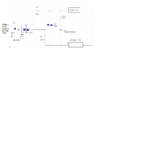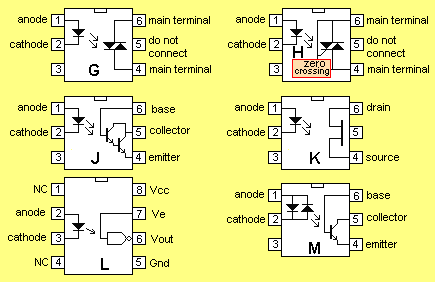- Joined
- Jan 22, 2008
- Messages
- 52,432
- Helped
- 14,752
- Reputation
- 29,786
- Reaction score
- 14,106
- Trophy points
- 1,393
- Location
- Bochum, Germany
- Activity points
- 298,153
Please copy links correctly. The circuit is basically O.K. It uses a zero-crossing-detector triac. As I previously explained, you can use it with slow pwm control (e.g. 1 to 4 secs period) without synchronization to the AC voltage.can you tole me isit correct circuit for the heater coil control?

